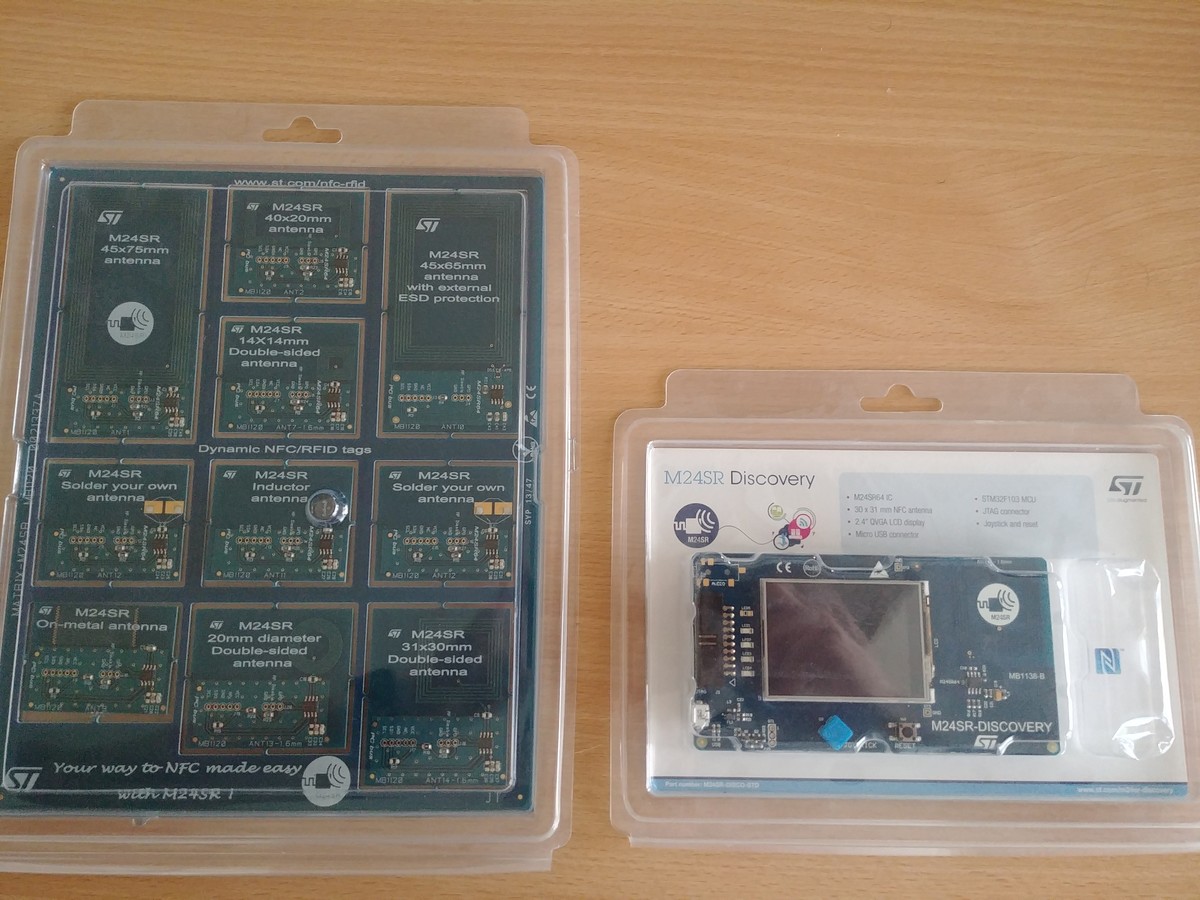

The ARM Cortex-M3 core has the ability to hasten the entry into an interrupt service routine Thisĭemonstrates how the RTOS kernel can be configured so as to have no impact on higher Theįast interrupt is configured and handled in the timertest.c source file. The maximum measured jitter time is latched in the ulMaxJitter variable, andĭisplayed on the LCD display by the 'Check' task as described below.

Service routine measures the number of processor clocks that occur betweenĮach interrupt - and in so doing measures the jitter in the interrupt timing. 'configKERNEL_INTERRUPT_PRIORITY' configuration constant.
#IAR STM32 FREE#
Using a free running timer to demonstrate the use of the The following tasks and tests are created in addition to the standard demo tasks:Ī high frequency periodic interrupt is generated Predominantly of the standard demo application tasks (see the demo application section for details The demo application creates 24 persistent tasks, and periodically dynamically creates and destroys another 4.
#IAR STM32 CODE#
If this becomes an issue then the code size can be reduced by excluding the bitmap from theīuild (by removing the pcBitmap array from lcd_message.h, and commenting out the call to LCD_DrawMonoPict() within the same file). This increases the binary size and at some optimisation levels will take the build size above theģ2K limit of the Embedded Workbench Kickstart edition. The project includes a bitmap that is built into the binary. The microcontroller flash memory will be programmed with the newly built binary and the debugger will break on
#IAR STM32 PC#
The demo application uses the LEDs and display built onto the prototyping board so no other hardware setup is required.Ī J-Link USB JTAG interface is used to interface the host PC with the target.īuilding and running the demo application Operation of this functionality a loopback connector must be fitted to the UART00 connector of the STM32 evaluation board (pins 2 and 3 must beĬonnected together on the 9Way connector).

The demo application includes an interrupt driven UART test where one task transmits characters that are then received by another task. The Demo Application Demo application hardware setup The IAR workspace file for the STM32F103 demo is called RTOSDemo.eww and is located in the FreeRTOS/Demo/CORTEX_STM32F103_IAR directory. See the Source Code Organization section for a description of theĭownloaded files and information on creating a new project.
#IAR STM32 DOWNLOAD#
The FreeRTOS download includes the source code for all the FreeRTOS ports and therefore contains many more files than are required for this demo. See also the FAQ My application does not run, what could be wrong? IMPORTANT! Notes on using the STM32 ARM Cortex-M3 Demo Please read all the following points before using this RTOS port. Restored to its original state before it can be built even with an updated IAR version. Likely that the project file has been (silently) corrupted and will need to be Note: If this project fails to build then it is likely the version of IARĮmbedded Workbench being used is too old. The STM32F103VB also includes both USB and CANbus peripherals. The evaluation board is fitted with an STM32F103VB microcontroller thatĬontains 128KBytes of on board flash and 20KBytes of on board RAM. The demo uses the IAR Embedded Workbenchĭevelopment tools for ARM, and is preconfigured to run on the STM32 evaluation board from ST ( instructions are provided should you wish to use an alternative development board). This page describes the FreeRTOS demo application for the STMicroelectronics STM32 ARM Cortex-M3 microcontroller.


 0 kommentar(er)
0 kommentar(er)
